 Please join Emilee Syrewicze, Executive Director of the Catawba Riverkeeper Foundation (CRF), to learn about the State of the Catawba-Wateree River and discuss CRFs water conservation work. The Riverkeeper Foundation's work has been featured on 60 Minutes, CNN and National Geographic's From the Ashes as well as in The Atlantic and The Washington Post. CRF is considered one of the most influential environmental organizations in the American South. Bio: Emilee Syrewicze is the Executive Director of the Catawba Riverkeeper Foundation, a public interest organization located in Charlotte that educates and advocates to protect the Catawba-Wateree River. Emilee has her BA in Political Science and Chemistry from Alma College in Alma, Michigan and her JD from Vermont Law School. She specializes in chemicals management related to water systems and worked in the field of global water policy before turning to domestic policy. Prior to coming to Charlotte in 2015, Emilee was the Executive Director of one of the nation's most successful supportive housing organizations in her hometown of Traverse City, Michigan. She is a member of the Rotary Club of Charlotte and the First Christian Church of Charlotte. Fly of the Month 5.18
Egg Laying Caddis Difficulty: Easy Hook: Curved Terrestrial 3x long TDE size 16,14,12 Thread: Tan or Cream 8/0 Butt: Insect Green Caddis LifeCycle Dubbing Abdomen: Peacock Herl Thorax: Peacock Herl Wingcase: Bleached Elk Hair
A discussion on selecting flies by Tom Adams.
Date: May 17th at 7 p.m. More info: Monthly Meeting information Tom is a native Charlottean who grew up fishing Lake Wylie with his father. Tom's dad, who was born in Meatcamp, Watauga County, introduced Tom to trout fishing on the Watauga River when he was in 12 years old. A lifelong flyfisherman, it has been a passion throughout his life. Joining Rocky River Trout Unlimited was a profound change and led to his being chapter President for two years in 2013 and 2014. A professional advertising photographer, Tom was the head of the advertising photography for Belk Inc, where he worked for twenty five years. Currently retired and continuing to tie flies commercially with several successful personal fly patterns, he fishes at every opportunity. Tom's favorite waters are the Davidson, the Madison, and any water in Yellowstone National Park. Where: Stone Mountain State Park (Elkin, NC)
When: May 19th, 2018 What: Trout in the Classroom will be releasing fish on Saturday May 19th and the Rocky River Trout Unlimited Chapter will be supporting this initiative. Around 10:30 we will have a bug adventure for kids of all ages (plan on bringing a spare set of clothes) and will be offering Fly Fishing Basic seminars throughout the morning. Timeline: 9:00am - Arrive and Enjoy Stone Mountain State Park 10:30am - Bug Discovery Adventure 12:00pm - Burgers and Hotdog Lunch Provided (Courtest of RRTU) 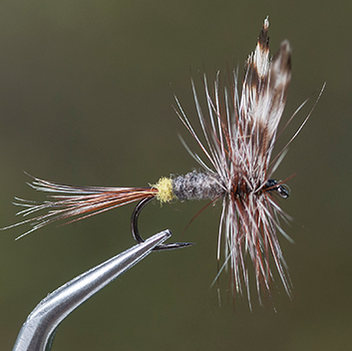 Some believe that the Female Adams Dry Fly is an independently original Southern Appalachian dry fly pattern. This may or may not be the case for little is known about who originated the addition of the yellow egg sac to the Adams or even other female versions of mayfly fly patterns. The Female Beaverkill Dry Fly is a likely indicator that the egg sac was likely added to the Adams somewhere in the Catskill, long, long ago. Fly of the Month - April 2018 - Recipe Below Female [Egg Laying] Adams Besides being well-known, both the Adams and the Female Adams fly patterns in general have a strong reputation for catching trout everywhere.
No doubt there is Female Adams versions of every fly pattern listed above and then some. Imitating the egg laying version of an insect creates a more realistic fly pattern. Trout encounter the egg sac carrying mayflies and may well key on the yellow spot. The yellow is a proven color that attracts an aggressive strike from both wild and hatchery trout. The Female Adams has a hint of yellow with the egg sac tied at the tail using a clump of yellow dubbing or yellow ostrich herl. Does the egg sac attract our southern opportunistic trout or does the yellow color do the trick? A female mayfly with a full egg sac is burdened when first approaching the surface to deposit eggs and is vulnerable. Trout may likewise key on the vulnerability of the insect. Regardless of the reasoning for its success, the female version of a fly pattern is a great addition to the fly box. The very popular Female Adams was tied and sold by the late Bryson City residence Fred and his wife Allene Hall. This is one of their trademark dry flies that made them fly tying legends here in the south. Fred Hall is credited for originating the Black Adams and the Smokey Mountain Adams. Allene Hall is credited for originating the Female Adams and the Adams Variant. Note that a good number of Southern Appalachian fly patterns use yellow in some manner. You will often find the Female Adams in fly shops, typically the only commercially available female mayfly fly pattern. You may well find the fly available and sold locally in tackle shops, service stations and general stores throughout the North Carolina mountains where a local tier is making part of his living tying and selling his flies. For example, the Citco along NC 19 in-route to the Nantahala River has a display of locally tied flies that includes (before the sell out each month) the Female Adams tied typically in size 12 and maybe size 14. You will have to tie your own size 16 and size 18. Fly of the Month 4.18 Female Adams Dry Fly Difficulty: Medium Hook: Tiemco 100 or equivalent 12,14,16,18 Thread: Uni 8/0 or equivalent Tan, Brown or Black Tail: Mix of rooster in Coachman brown and Grizzly spade hackle Abdomen: Rear tag of yellow dubbing with Adams gray dub up to thorax Thorax: Mix of Grizzly and Coachman rooster hackle Wing: Grizzly hen tips
View Last month's Fly of the Month - Gold-Ribbed Hare's Ear |
AuthorRRTU Board Archives
August 2019
Categories |
||||||||||||||||||||
- Rocky River TU
- FORR
- Programs
-
Resources
-
Fly of the Month Patterns
>
-
DRY FLY PATTERNS
>
- Adams Variant
- Asher
- Baigent's Variant
- Blue Quill
- BWO
- BWO Catskill
- BWO CDC Emerger
- BWO Sparkle Dun
- BWO Spinner
- Carolina Wulff
- CDC Biot Comparadun
- CDL Comparadun
- Coachman Variant
- Crackleback
- Dragonfly Dry
- Dry Pheasant Tail Variant
- Dun Fly, August Fly,Wasp Fly
- Early Nelson
- Egg Laying Caddis
- Troth Elk Hair Caddis FFI
- Elk Hair Caddis
- EZ Caddis
- Female Adams
- Fluttering Caddis
- Ginger Quill
- Gray Fox Variant
- Griffith's Gnat
- Hazel Creek
- H & L Variant
- Hopper Juan
- Infallible
- Japanese Beetle
- Jassid
- Jim Charley
- Klinkhamer
- Lacewing
- Light Cahill Catskill
- Little Green and Little Yellow Stonefly
- Mr. Rapidan
- North Carolina Yellow Sally
- FFI Parachute Adams
- Parachute Adams
- Puff Diddy
- October Caddis
- Orange Forked Tail
- Rattler
- Red Headed Caddis
- Smoky Mountian Candy
- Sunkist
- Trude
- Rusty Spinner
- Sulphurs Part 1
- Sulphur Part 2
- Yellow Palmer
- Dry Attractor
- Midges >
-
Nymphs
>
- Brassie
- Chironimid
- Copper John
- Crossover Nymph
- Crow Fly
- Damsel Fly Nymph
- Deep Sparkle Caddis Pupa
- Devil's Doorstop
- Girdle Bug
- Gold Ribbed Hare's Ear
- Hare's Ear Nymph FFI
- Hot Creek Special
- Mr. Rapidan
- Peridgon Nymph
- BH Prince Nymph FFI
- BH Prince Nymph
- Realistic Stonefly
- Royal Prince
- Scud
- Egan's Tasmanian Devil
- Tups Indespensible
- Pupae/Larva
- Scud >
- Soft Hackles >
- Terrestrials >
- Wet Fly Patterns >
-
DRY FLY PATTERNS
>
- Fly Patterns
- RRTU Class Recipes
- NC General Hatch Charts
- Fly Shops, Outfitters and Guides
- Fly Fishing >
- Fly Casting
- History, Reading, References >
- Calendar Copy
-
Fly of the Month Patterns
>
- RRTU Store
- Rocky River TU
- FORR
- Programs
-
Resources
-
Fly of the Month Patterns
>
-
DRY FLY PATTERNS
>
- Adams Variant
- Asher
- Baigent's Variant
- Blue Quill
- BWO
- BWO Catskill
- BWO CDC Emerger
- BWO Sparkle Dun
- BWO Spinner
- Carolina Wulff
- CDC Biot Comparadun
- CDL Comparadun
- Coachman Variant
- Crackleback
- Dragonfly Dry
- Dry Pheasant Tail Variant
- Dun Fly, August Fly,Wasp Fly
- Early Nelson
- Egg Laying Caddis
- Troth Elk Hair Caddis FFI
- Elk Hair Caddis
- EZ Caddis
- Female Adams
- Fluttering Caddis
- Ginger Quill
- Gray Fox Variant
- Griffith's Gnat
- Hazel Creek
- H & L Variant
- Hopper Juan
- Infallible
- Japanese Beetle
- Jassid
- Jim Charley
- Klinkhamer
- Lacewing
- Light Cahill Catskill
- Little Green and Little Yellow Stonefly
- Mr. Rapidan
- North Carolina Yellow Sally
- FFI Parachute Adams
- Parachute Adams
- Puff Diddy
- October Caddis
- Orange Forked Tail
- Rattler
- Red Headed Caddis
- Smoky Mountian Candy
- Sunkist
- Trude
- Rusty Spinner
- Sulphurs Part 1
- Sulphur Part 2
- Yellow Palmer
- Dry Attractor
- Midges >
-
Nymphs
>
- Brassie
- Chironimid
- Copper John
- Crossover Nymph
- Crow Fly
- Damsel Fly Nymph
- Deep Sparkle Caddis Pupa
- Devil's Doorstop
- Girdle Bug
- Gold Ribbed Hare's Ear
- Hare's Ear Nymph FFI
- Hot Creek Special
- Mr. Rapidan
- Peridgon Nymph
- BH Prince Nymph FFI
- BH Prince Nymph
- Realistic Stonefly
- Royal Prince
- Scud
- Egan's Tasmanian Devil
- Tups Indespensible
- Pupae/Larva
- Scud >
- Soft Hackles >
- Terrestrials >
- Wet Fly Patterns >
-
DRY FLY PATTERNS
>
- Fly Patterns
- RRTU Class Recipes
- NC General Hatch Charts
- Fly Shops, Outfitters and Guides
- Fly Fishing >
- Fly Casting
- History, Reading, References >
- Calendar Copy
-
Fly of the Month Patterns
>
- RRTU Store
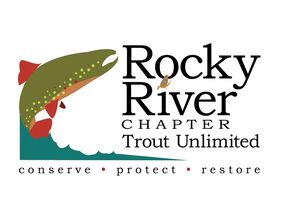
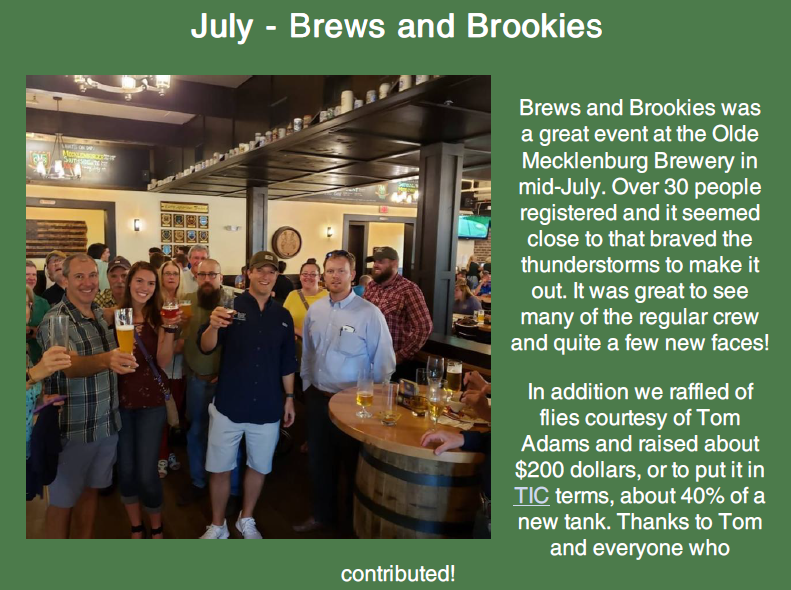

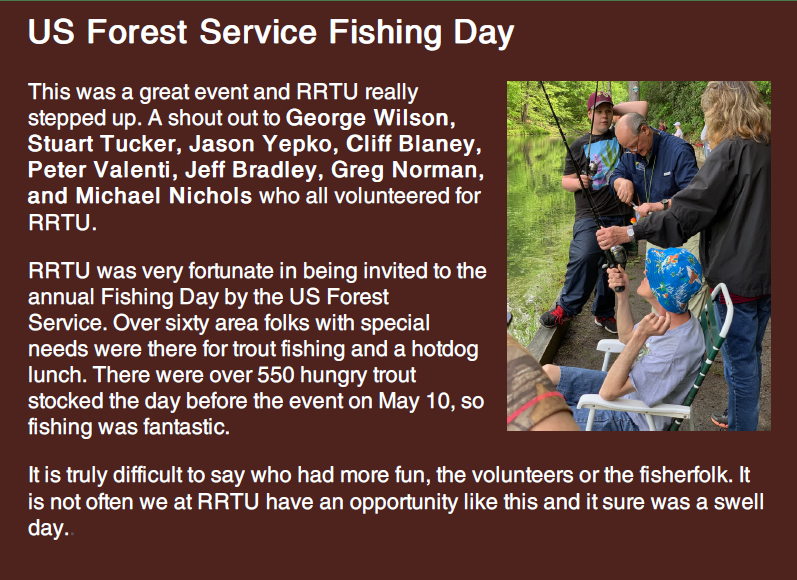
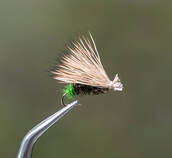
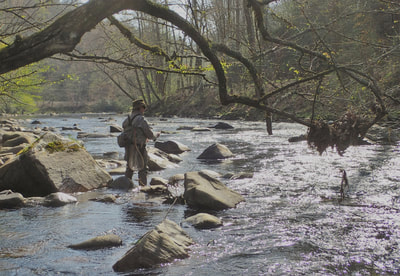
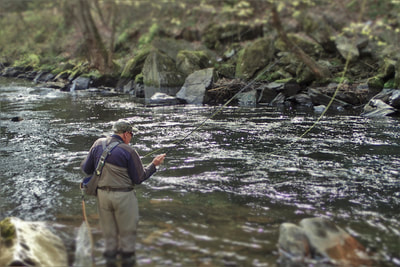

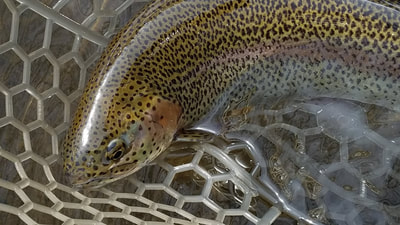
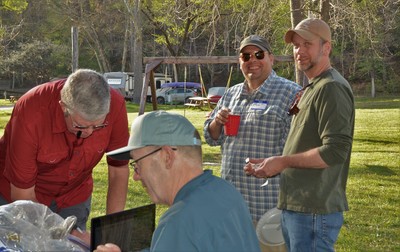
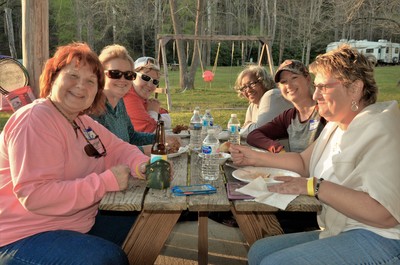
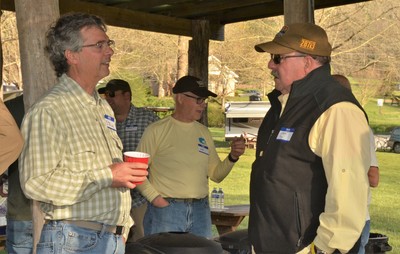
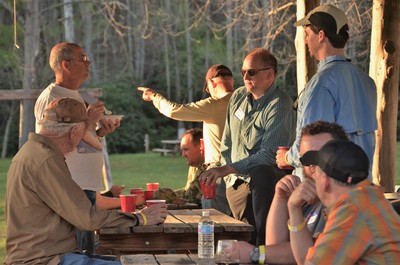
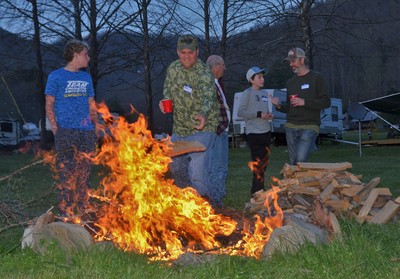
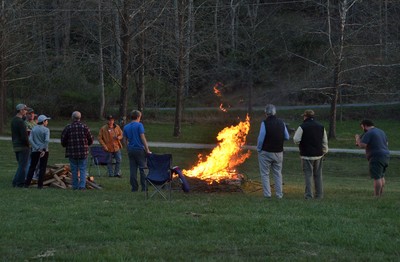
 RSS Feed
RSS Feed